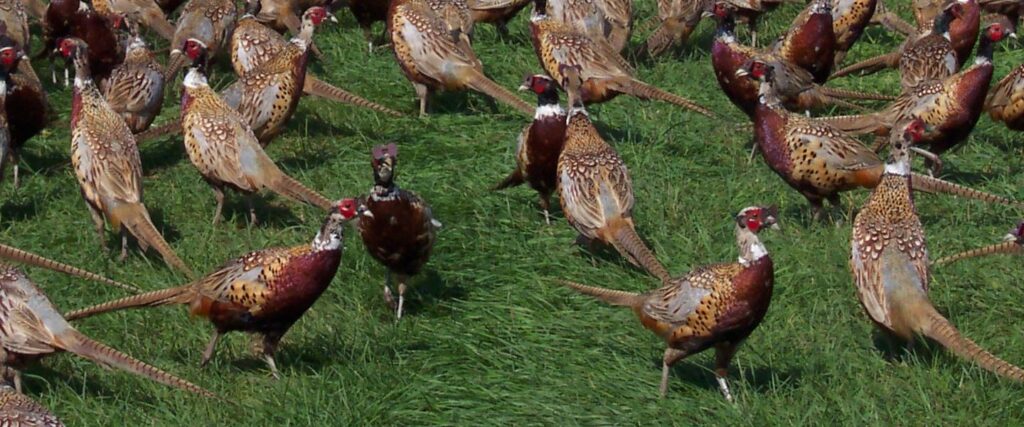The How and Why of Peeping Pheasant Chicks
 Pheasant peeping is typically done when chicks are 5 weeks of age. We want to keep them as healthy as possible and chicks tend to pick at each other. That sounds almost simplistic, but we are talking some serious picking here! They will pull out feathers and grab onto skin with their sharp beaks with an intensity that can lead to infections and even death.
Pheasant peeping is typically done when chicks are 5 weeks of age. We want to keep them as healthy as possible and chicks tend to pick at each other. That sounds almost simplistic, but we are talking some serious picking here! They will pull out feathers and grab onto skin with their sharp beaks with an intensity that can lead to infections and even death.
Therefore, in order to prevent this from happening, we install peepers. Peepers are blinders that keep the chicks from seeing straight in front of themselves and they keep the birds from picking at each other. When someone first learns about peeping, they usually ask if it hurts the chick. The best answer I have heard is that it compares to getting your ear pierced, but with the importance of a flu shot!
The number of chicks that might be peeped in a day depends on how many 5 week old chicks we have placed in a barn. The number ranges from 4500 chicks to 20,000 chicks. The average person on our peeping crew can peep about 2000 chicks a day, so in a barn with 20,000 chicks we will have about 10 people. In smaller barns, 4-6 people can get the job done.
3 Steps to Setting Up The Barn For Peeping
- Put up a wall of panels to separate the barn in half, pushing all of the birds to one side.
- Build a catch pen (sometimes more than one) on the side with the birds, right up against the panels.
- Crew members go into the catch pens and install peepers on the birds and send them through access doors, in the panels, to the other side. Peeped birds are on one side of the barn and unpeeped birds are on the other side. It is very important to make sure the wall is solid and you don’t get them mixed or you have a real time-consuming mess! You must also be mindful of how many birds are in the catch pen at a time. Too many chicks can result in piling in the corners and possible suffocation.
If you would like to see a peeper installed, watch our video on our pheasant.com website. Contact Rich Thomas at r.thomas@pheasant.com if you have questions about our peeping process. We are always glad to help you with any pheasant related questions.
Related Posts
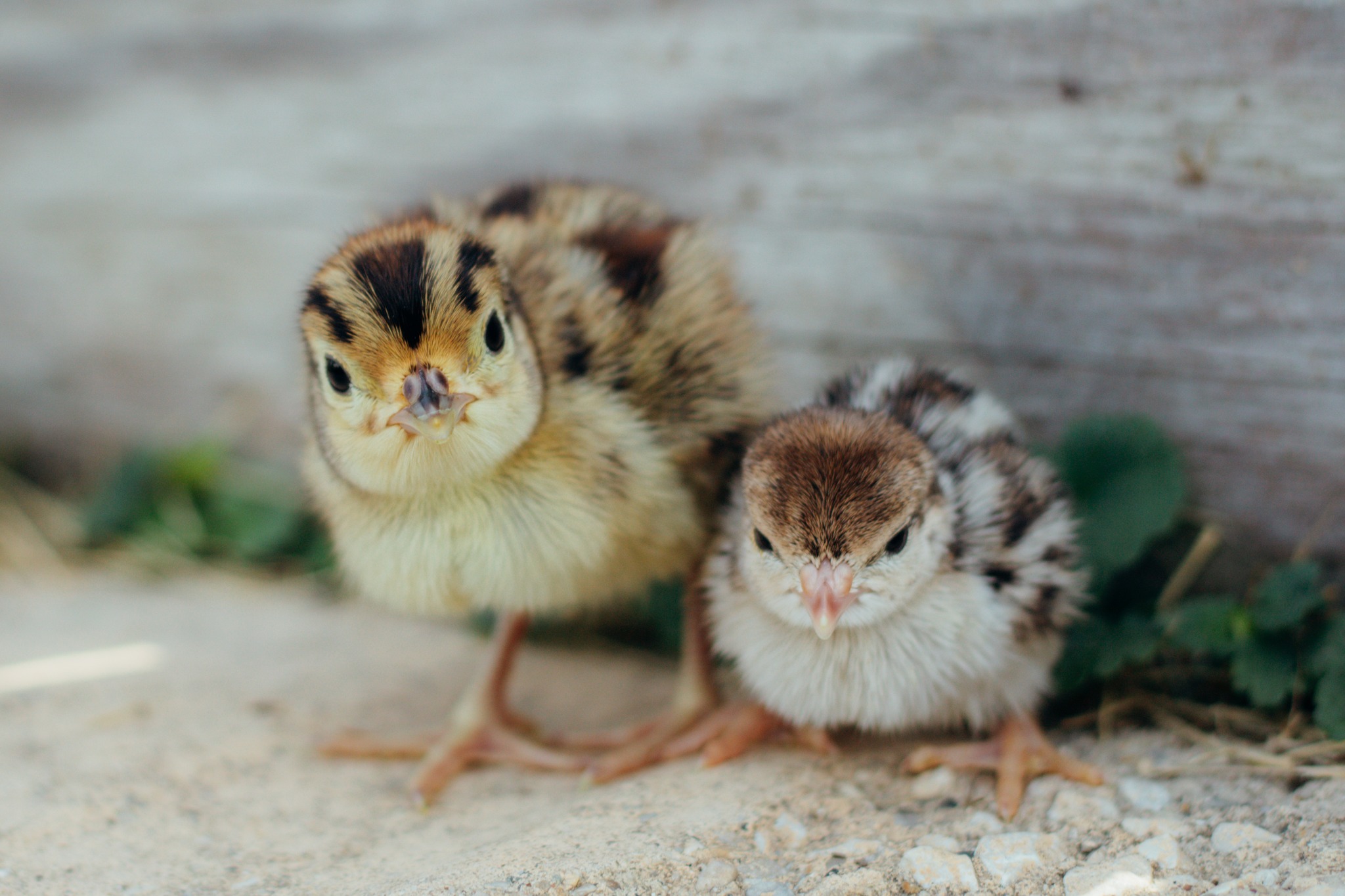
Shipping Chicks Safely During Cold Weather Months
Read Post

Preparing Our Barns & Pens Each Spring
Read Post
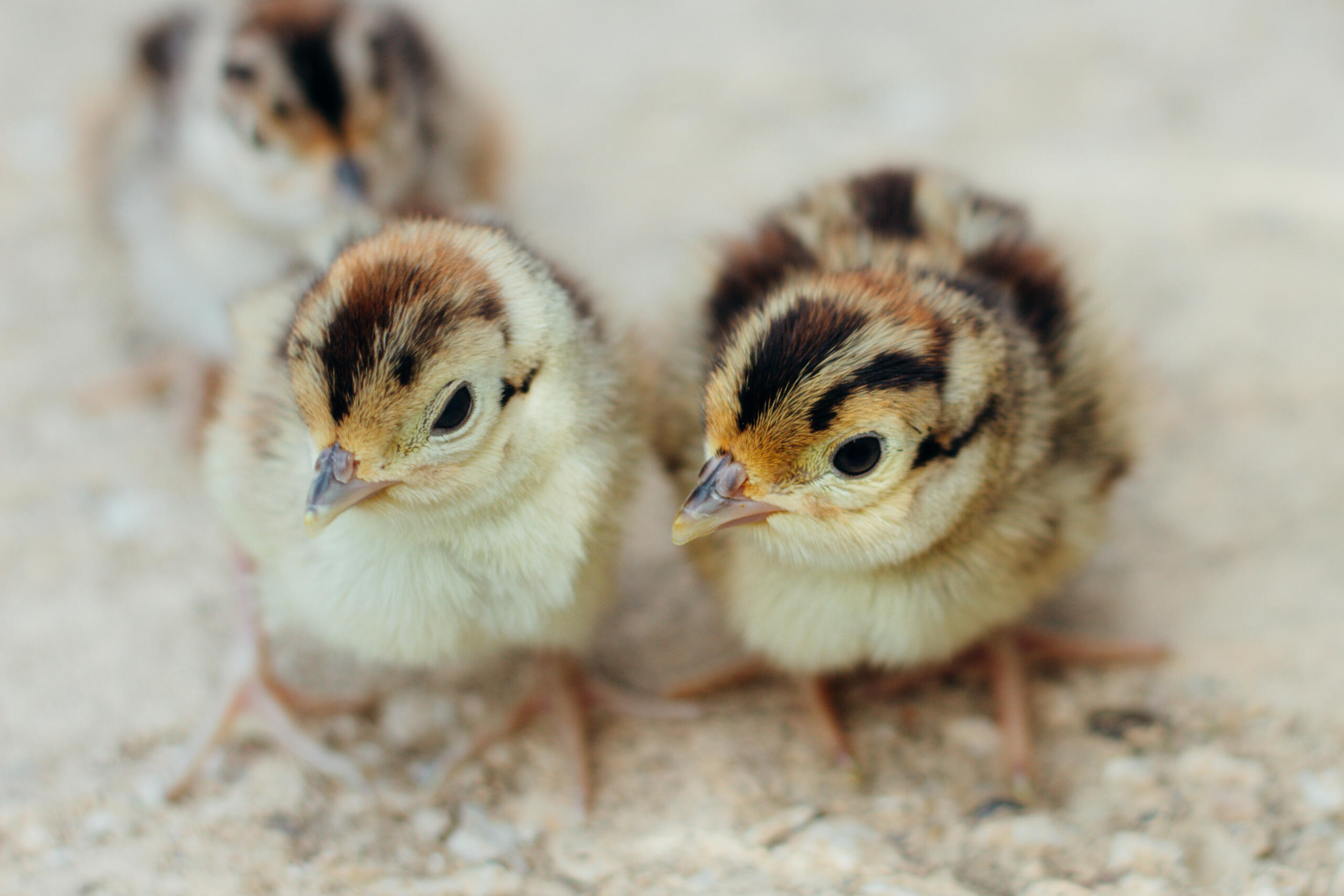
A Comparison of Hatch Data Between Two Different Genetic Types of Pheasants
Read Post
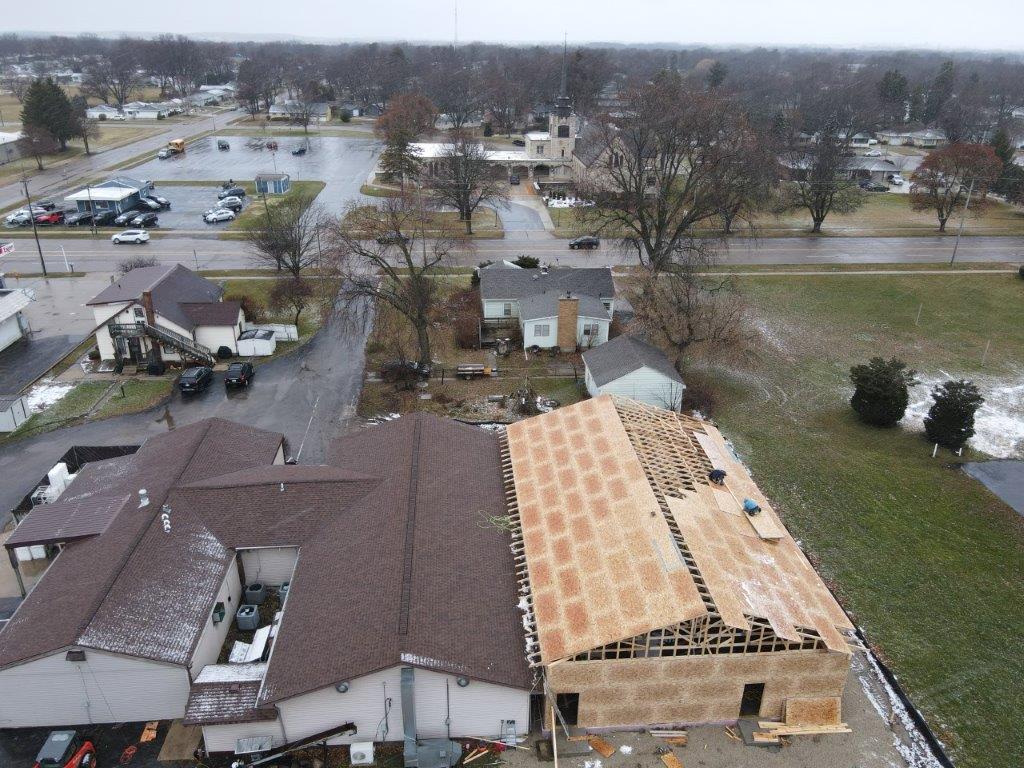
Hatchery News at MacFarlane Pheasants
Read Post

10 Hatching Tips for Incubating Pheasant Eggs Successfully
Read Post
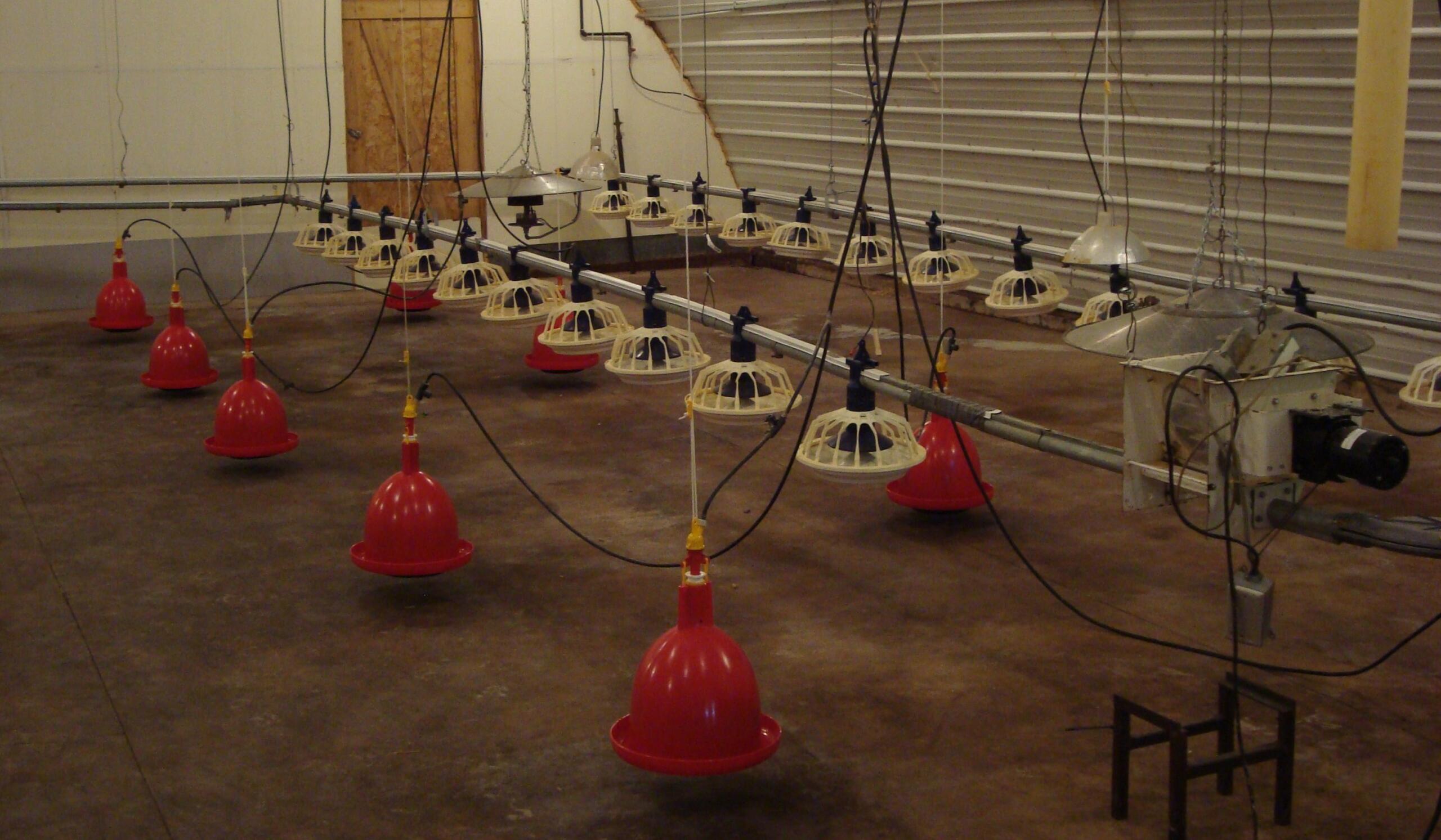
6 Feed and Water Procedures to Keep MacFarlane Pheasants Healthy
Read Post
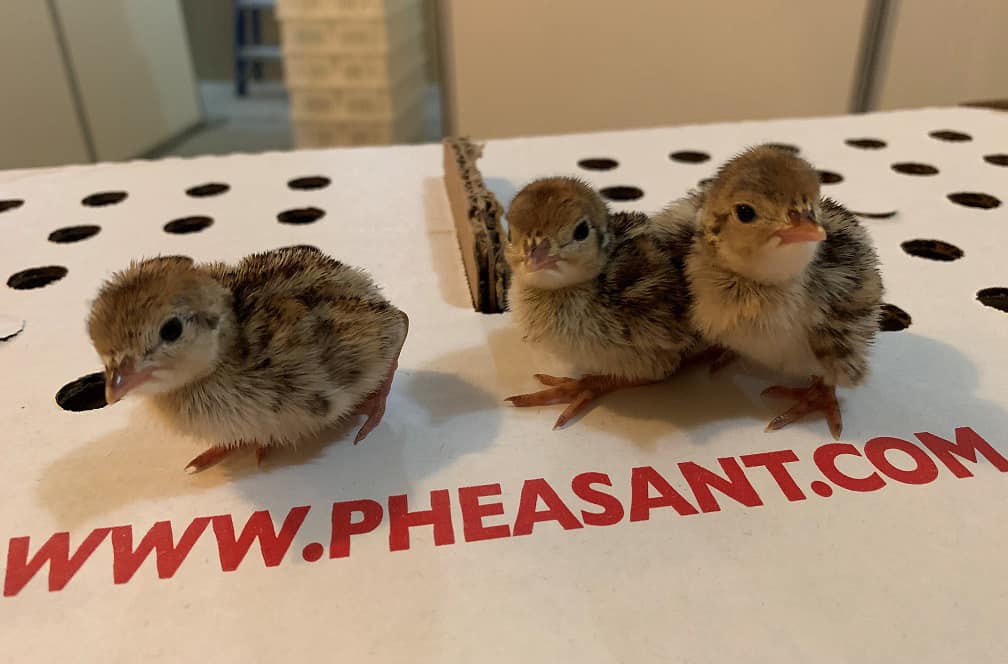
A Day in The Life of the Hatchery Manager and Chick Deliveries
Read Post

An Inside Look at How MacFarlane Pheasants Boxes Chicks for Live Delivery
Read Post
Take Advantage of These Free Resources
As the biggest game bird farm in the United States, we want to share our experience with you. Download our free resources below and get started.


